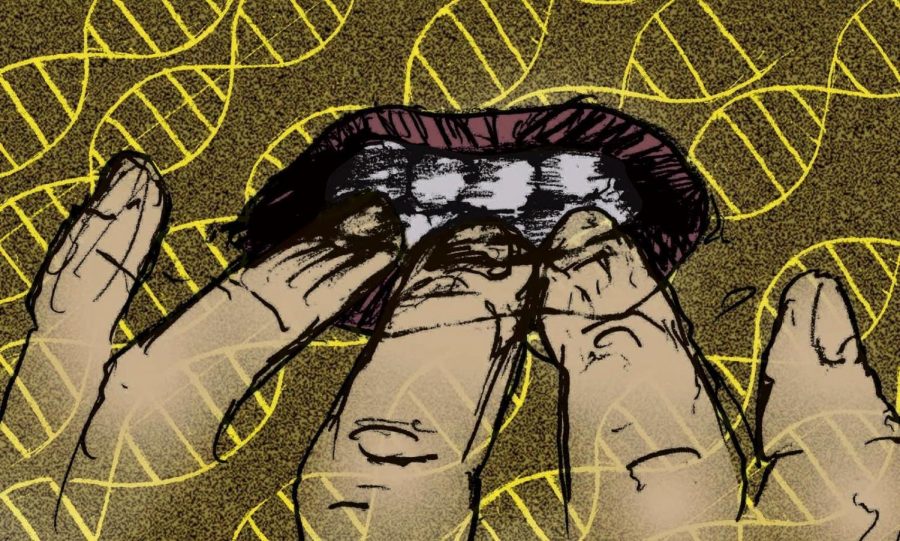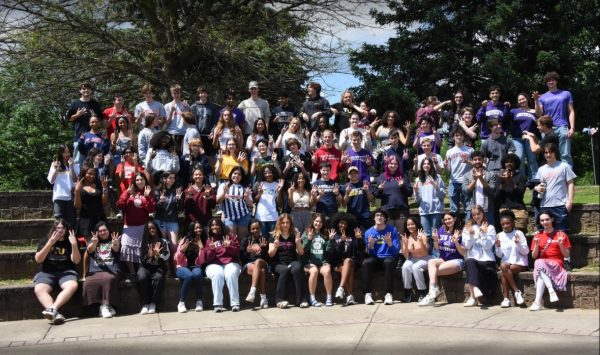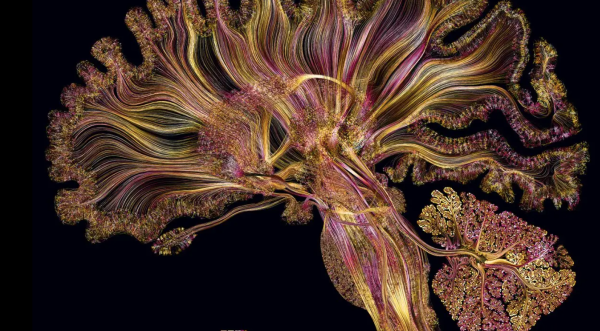The Connectivity of Jewish Generational Trauma and Tradition. Oy Vey.
Before I was even able to spoon my own matzo ball soup into my mouth, I remember knocking on wood (with assistance from my ever-superstitious Nana Marcia, of course). All my life, like many Jewish-American families, every dinner table conversation that ended on a slightly hopeful note (or a rather particularly dreadful one) was followed by a chorus of “Pooh, pooh, pooh!” or “Tfu, tfu, tfu!” (a Yiddish way of figuratively “spitting at the devil” in order to avoid the Evil Eye, or, a worst-case scenario), and a sound that could only be described as a descent of neurotic woodpeckers. Even phrases such as, “It’s supposed to be great weather on Saturday!” trigger an involuntary knock on the table from my Jewish Polish-German aunts and uncles.
Superstition and conversational paranoia have always been an integral part of being a Jew. Even celebrations like Hanukkah and Passover are tinged with the underlying theme of “don’t get too happy!” and always partially clouded by the responsibility to remember how our ancestors suffered, hence the bitter herbs one must eat amidst the feast on Passover. However trivial and perhaps personal to my experience these reactions seem, they’re rooted in the ever present image of the neurotic Jew, an archetype that has been portrayed by nervous and feeble Ashkenazi caricatures on TV shows from South Park and Family Guy to movies like Annie Hall. These depictions, as well as this communal kitchen table wood-knocking, have been around in pop culture for hundreds of years. But why?
In Deuteronomy, God says the Jewish people will become “m’shuga,” (a word meaning crazy, which you’ve probably heard a hint of if a Jewish grandmother has ever endearingly called you m’shuganah for not trying her gefilte fish,), after a foreign person steals their crops and abuses them. Well, sure enough, this happened. And then it happened again. And again, and again. And God was kind of right. From the Assyrian Captivity to the destruction of the Second Temple, to the Spanish Inquisition, to the Holocaust, and everything in between, the Jewish people have endured a collective generational trauma of expulsion, degreadation, and murder. Due to this long history of persecution, Jews never truly felt safe where they were, taking every instance of supposed security with a grain of salt, and leading generations of Jews to feel an inherent and seemingly inexplicable paranoia and disbelief in the safe and secure. In fact, according to Rutgers University sociology professor Allan Horvitz, Jews, who only make up 1% of the world population, “have made up about half the clients of dynamic [psychiatry] therapists since the 1920s.”
A smaller scale analogy of generational trauma can be seen in a 2018 PNAS (Proceedings of the National Academy of Sciences of the United States of America) study that showed the children of civil war soldiers who endured massive trauma as prisoners of war were more likely to die young than the children of soldiers who were not prisoners. Although the children themselves did not directly experience the tremendous stress that their parents felt, they felt it subconsciously second-hand; and it took a toll, as it exacerbated their various illnesses greatly, resulting in untimely death. Another study, conducted by the Biopsychology Journal, found biological evidence to support this notion of inherited dread. In the study, children of Holocaust survivors were found to have a methylation in their FKBP5 gene (a reaction in a highly stress-responsive gene) that correlated with that of their parents. Some offspring’s FKBP5 methylation was even similar to that of victims of childhood physical and sexual abuse. Overall, the average FKBP5 methylation across the children and parents examined was congruently associated with increased cortisol levels, indicating high stress. According to the journal,
“This is the first demonstration of an association of preconception parental trauma with epigenetic alterations that is evident in both exposed parent and offspring, providing potential insight into how severe psychophysiological trauma can have intergenerational effects.”
These studies illustrate the second hand paranoia spanning hundreds of generations of Jews, presenting itself in casual involuntary superstitious rituals and often, neurosis-like anxiety or depression. Because of this shared experience, although quite bleak when put into clinical terms and historical context, many Jews find community and even laughter in their ridiculous frantic antics. Often, Jews even celebrate these traits, which is actually an essential part of the Jewish experience: never forgetting who you are, why you are, and where you come from.
Hi! I'm Raina and I'm a sophomore at SSFS. I love all things film, theater, writing, art, journalism and politics. I've been seeking different avenues...











Olivia Gilbert • Feb 26, 2020 at 7:33 pm
This is a really interesting topic. I learned something new, so thank you, Raina.